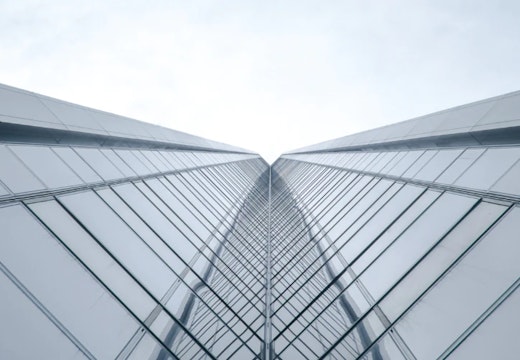The bigger picture: securing the future with sustainable design
Committing to sustainability isn’t just positive for the environment – it can be a driver of change for employee engagement, design innovation and collaboration with partners and clients
At Adrianse, we are always thinking about the future of our business and our industry. This helps us to reflect on our priorities and continuously assess how we can be better. We believe that securing the future is dependent on protecting our planet.
As our commitment to sustainability grows, we also see improvements in other areas of our business such as client relationships, employee engagement, design innovation and collaboration with partners and vendors. In other words, our commitment to the environment is a win-win-win and this gives us a strong incentive to keep moving forward.
Finding the right balance can be challenging since many of our initiatives are done in collaboration with clients, contractors, consultants and vendors. However, with challenge comes opportunity, and we believe that there is a lot to be optimistic about. Here is a snapshot of what we are doing to create a more sustainable future.
Going Paperless
Reducing our dependence on paper saves trees, cuts down on waste and pollution associated with paper manufacturing and conserves energy used for transporting paper products. But going paperless isn’t just about paper. It has more to do with changing the way we work — how we collaborate, communicate and market ourselves.
Using digital platforms, cloud-based solutions and project lifecycle tools have a positive impact on the environment, with the additional benefit of improving our business performance. Gone are the days of printing project documents to share with clients and subconsultants. This stalls decision making processes and increases the risk of errors.
As architects, designers, innovators, thinkers, entrepreneurs and technologists, we use digital tools to meet our client’s goals, keep projects on time and on budget and not least, to elevate design. Building Information Modeling (BIM) and simulation tools allow us to be 100% paperless for the construction of our projects. Using technology, we ‘build twice’ — first in a virtual environment and then onsite. To put this in perspective, a 250,000 sq ft interior fit-out project generates about 16 reams of paper which is equivalent to 45 trees.
Modular means less waste on site
Modular design and construction is one of our key initiatives for creating a more sustainable future and overlaps with nearly all of our other sustainability initiatives.

The Modular Building Institute estimates that modular construction projects are completed 30 to 50 per cent faster than traditional ones. Building project components in offsite facilities under controlled conditions not only reduces construction time and costs, but is also considered a more sustainable option. It results in less material waste, improved air quality and reduces the demand for raw materials because modular buildings can be disassembled so that modules can be reused for other needs and/or projects.
‘The Modular Building Institute estimates that modular construction projects are completed 30 to 50 per cent faster..’
At Adrianse, 92 per cent of our materials are made in offsite factories which helps us to meet our client’s project goals and our sustainability goals. For one of our recent projects in Pune, India, we were able to reduce construction waste for their 44,355 sq ft workspace at 95.6 per cent above the LEED baseline. Nine streams of waste, including wood, cardboard, metal, plastic, PVC, gypsum and others were managed and diverted from landfills.

Managing waste is managing the project
The global construction industry generates a lot of waste, which is predicted to reach 2.2 billion tons by 2025, according to Transparency Market Research. As mentioned, we use a modular construction approach for many of our projects which reduces or eliminates waste — this is done by controlling inventory and recycling materials or reusing them when they are still in the factory.
This aligns with our philosophy that a circularity or cradle-to-cradle approach is the future of the construction industry. As a vast majority of the industry’s waste comes from the demolition of buildings, buildings and the materials used to build them need to be reused and repurposed when possible. The majority of materials used in our projects are cradle-to-cradle certified.
We are able to divert 95 per cent of the construction waste on our projects away from landfills, while the remaining 5 per cent of non-recyclable waste goes to KSPCB authorised vendors for proper disposal. Additionally, we partner with recycling agencies to divert gypsum waste which is stored, protected from damage and eventually distributed to manufacturers for reuse.
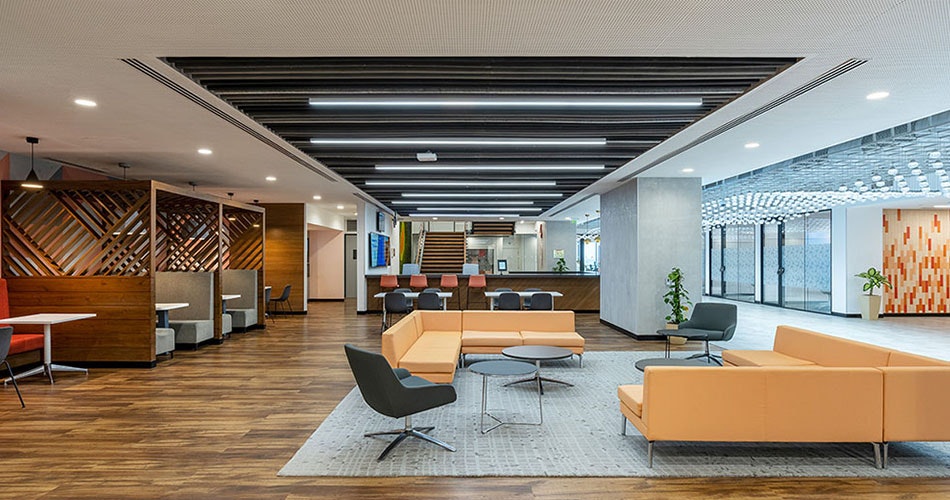
Reducing water usage
Water is one of our most essential resources and access to fresh water continues to be a source of concern in many areas of the world, including India. Just as the construction industry generates a great deal of waste, it is also among the biggest water consumers.
Water is used throughout the construction life cycle, from the extraction of raw materials and once the building is occupied. Our modular approach to construction not only reduces waste, but also reduces water consumption. We use portable e-toilets with recycled water for the construction workforces. This saves 700 liters of water per day. Using recycled water, rather than groundwater, has enormous benefits and can be easily implemented by harvesting rainwater.
‘ We can save up to 6,000 litres of water per day on site’
Our focus on water efficiency continues after construction to post-occupancy. Our projects are designed to conserve energy and resources with the help of technology and sensors. This gives clients the opportunity to reduce their water consumption by 45-50% with water-efficient plumbing, low-flow fixtures and the use of recycled water.
Using this approach, we can save up to 6,000 litres of water per day on site.
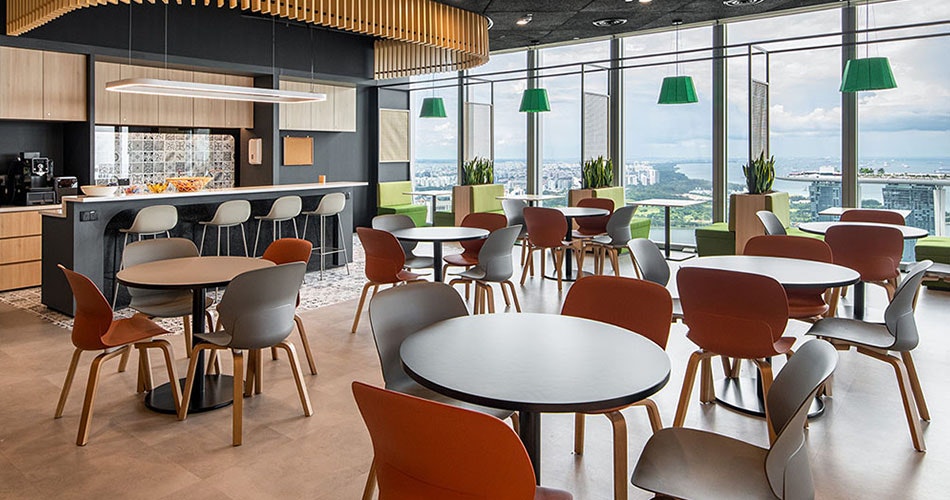
Workforce welfare
Workforce welfare is a matter of social sustainability and responsibility, but globally the statistics for the safety of these labourers are limited and paint a bleak image.
India, where construction is the second largest employment sector, is no exception. A deficiency in safety regulations, safety training and data on safety at construction sites makes for a vulnerable workforce. According to the Indian Institute of Technology (IIT) in Delhi, falls, electrocutions and collapsing walls and scaffolding at construction sites are the leading causes of deaths in the construction industry.
Another extremely important benefit of working with a modular approach is safer working environments with substantially lower accidents and injuries than traditional construction sites. We provide our workforce with a variety of facilities to ensure optimal working conditions. We also provide clean drinking water, portable e-toilets, washbasins, resting facilities, a wellbeing program and healthy indoor climates.
As a consequence, since 2019, we have achieved a total of 11,56,365 safe man hours (and still counting) for our design and build projects in India.
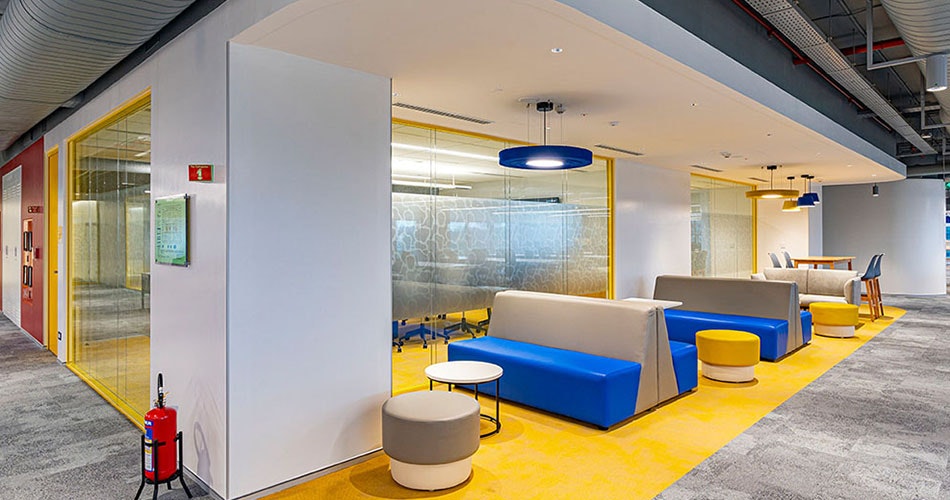
Working towards carbon neutrality
The United Nations Environment Program has reported that the built environment accounts for 39 percent of annual global CO2 emissions — including both operational carbon, the ongoing carbon emissions from its daily use, and embodied carbon, the CO2 emissions associated with materials and construction processes throughout the whole lifecycle of a building.
Our route to carbon neutrality is based on a holistic approach. We will continue to use and enhance our practices outlined above, select low-carbon materials and accurately measure our use of carbon sources in order to reduce, reuse and recycle wherever possible.
Achieving carbon neutrality also means designing energy efficient spaces. Our projects use 20-25 per cent less energy as a result of efficient HVAC and lighting design. All Adrianse projects go through a comprehensive internal sustainability assessment, regardless of whether clients want to pursue green building certifications or not. Because of our focus on sustainability for each project, we have a very carbon-friendly portfolio.
‘Our projects use 20-25 per cent less energy as a result of efficient HVAC and lighting design’
Project footprints are further reduced by at least 15-20 per cent by our selection of materials, finishes and furniture, which are certified according to a cradle-to-cradle approach. We also use energy modeling and daylight analysis in early phases of a project that can result in 20-25 per cent of operation energy consumption of an interior fit-out project and reduce carbon emission by 22-25 per cent.
Moreover, our clients are also educated on the importance of a cradle-to-cradle approach and are partnering with material suppliers and third-party agencies that buy back materials, furniture, carpeting, etc. to extend the life cycle of products and reduce their carbon footprint.
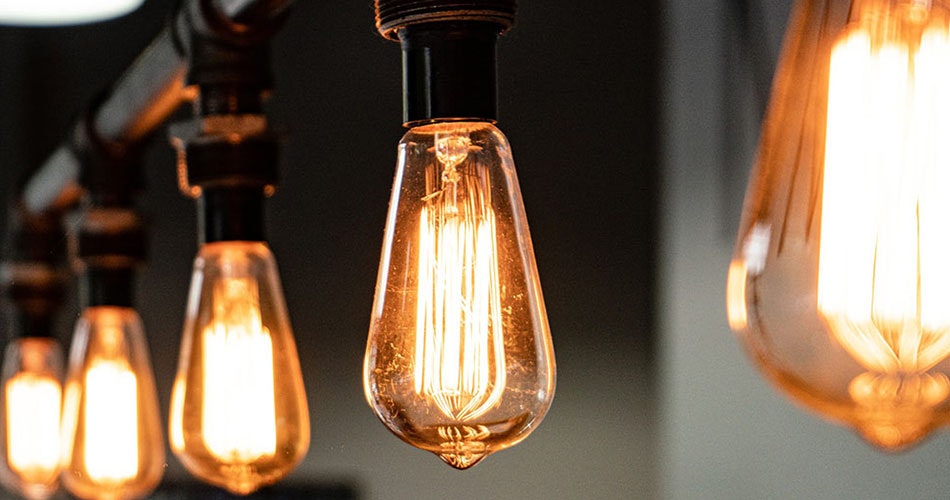
Overall, global sustainability concerns and the construction industry’s impact on the environment will undoubtedly continue to change how we work, but we also see it as an opportunity to work towards a greener future for everyone. As we, and many others, continue to embrace the win-win-win benefits of sustainable design and construction, more opportunities to achieve carbon targets and sustainability goals will become available.


